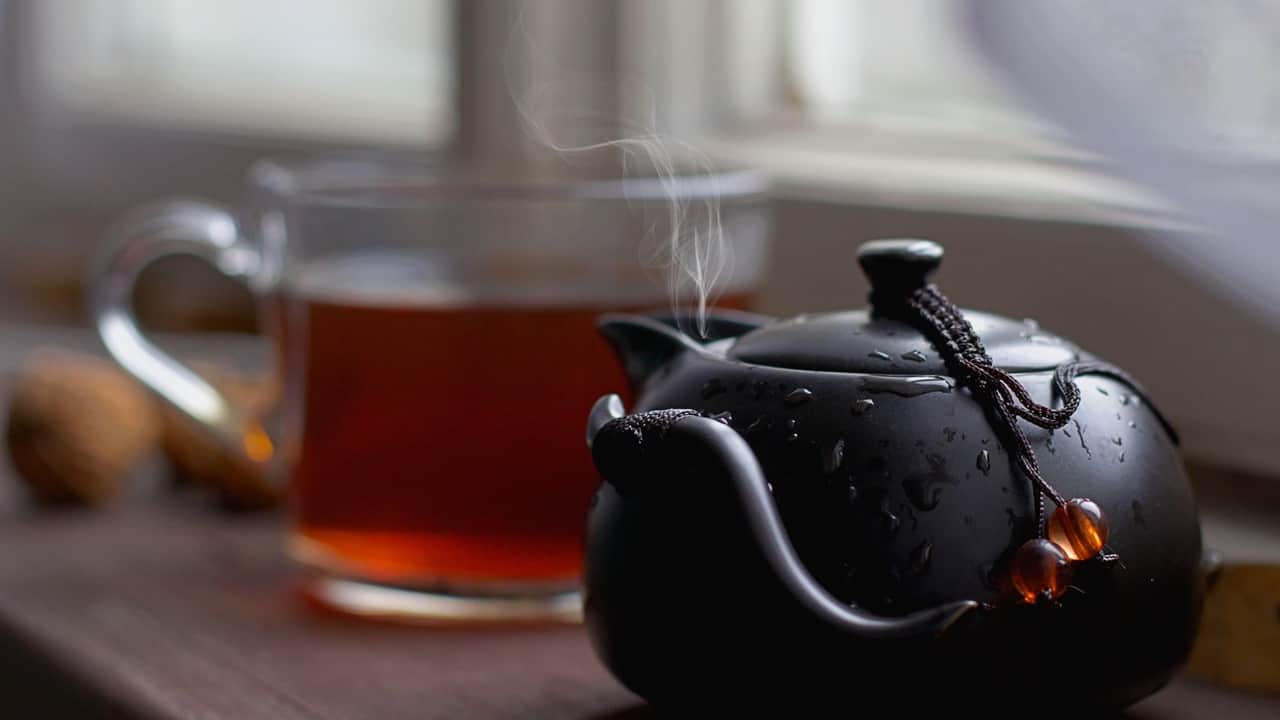Tea, with its vast varieties and unique profiles, is a captivating beverage that never ceases to amaze. One of the key aspects that tea enthusiasts delve into is its character. The term “character” in the world of tea refers to the overall impression, flavor, aroma, and mouthfeel that a particular tea exudes. It encompasses the distinct qualities and attributes that make each tea type or blend exceptional and memorable.
1. Flavor Profile: A Symphony of Tastes
The flavor profile of a tea is an essential component of its character. It highlights the various taste notes and sensations that can be experienced during a tea tasting session. Here are some elements that contribute to the flavor profile of tea:
- Primary notes: These are the dominant tastes that make a tea distinctive, such as floral, fruity, vegetal, earthy, or nutty.
- Secondary notes: These are subtler flavors that enhance the primary notes, providing additional depth and complexity. Examples include hints of caramel, chocolate, spices, or herbs.
- Mouthfeel: The texture and sensation of the tea in the mouth also contribute to its character. It can range from light and delicate to thick and creamy.
2. Aroma: An Intoxicating Invitation
The aroma of tea is like a captivating invitation to indulge in its taste. It entices our senses, preparing us for the unique experience that lies ahead. The aroma profile adds another layer to the character of tea:
- Top notes: Similar to fragrances, teas have top notes that are the first scents experienced when smelling the brewed tea. These can include floral, citrus, or herbal aromas.
- Base notes: The underlying scents that provide a foundation to the overall aroma. These can range from earthy and woody to sweet and musky.
3. Origin: A Tale of Terroir
The geographical origin of tea leaves influences their character significantly. The unique environmental conditions and terroir – the combination of soil, climate, altitude, and more – contribute to the specific qualities found in teas from different regions. Here are some notable examples:
| Origin | Characteristics |
|---|---|
| Assam, India | Rich, malty flavor with a strong, bold character |
| Uji, Japan | Grassy, vegetal taste with a hint of umami |
| Wuyi Mountains, China | Rocky, mineral notes with a roasted aroma |
4. Processing Techniques: The Art of Transformation
The way tea leaves are processed also plays a significant role in shaping their character. Different processing techniques unlock various flavors, aromas, and textures. Here are a few noteworthy examples:
- Green tea: Minimal oxidation results in teas characterized by freshness, grassiness, and a vibrant green color.
- Oolong tea: Moderate oxidation and partial fermentation offer a wide range of flavors, ranging from floral and fruity to toasty and complex.
- Black tea: Full oxidation leads to robust flavors, deep red liquor, and often malty or fruity undertones.
5. Aging Potential: Time as an Enhancer
Aging tea offers a fascinating exploration of its character. Just as wine matures with time, certain teas develop remarkable qualities during extended periods of storage. Aging can soften tannins, deepen flavors, and introduce unique nuances to the tea’s character. Pu-erh tea, for example, is renowned for its ability to age gracefully, gradually transforming into a complex and sought-after brew.
In conclusion, the character of tea encompasses the amalgamation of its flavor profile, aroma, origin, processing techniques, and aging potential. It is a multifaceted concept that keeps tea lovers intrigued, as they uncover the essence and unique qualities held within each cup. So the next time you brew a cup of tea, take a moment to savor its character and let it transport you on a journey of flavors and aromas.

